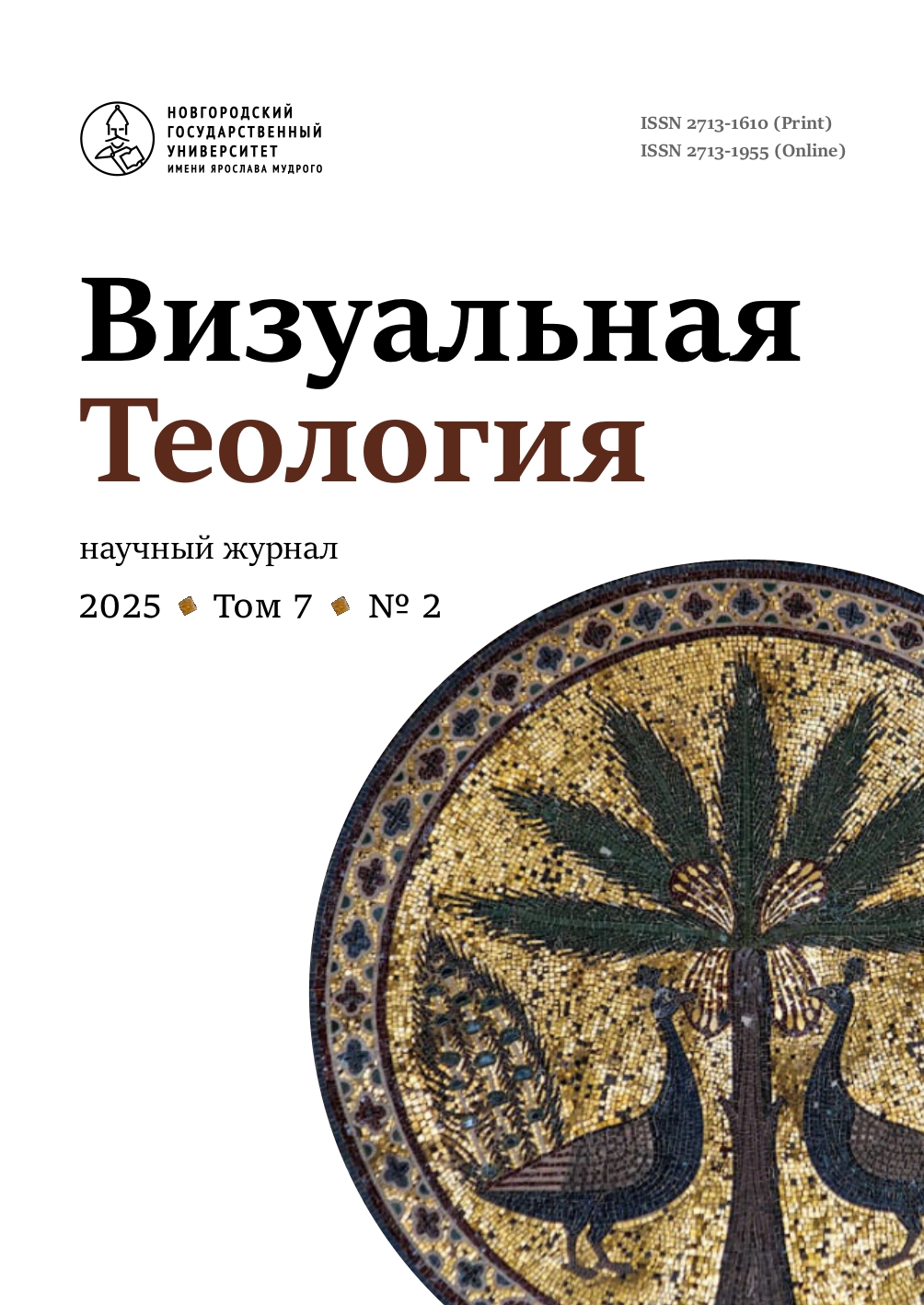Political theology on Roman coins (the case of Gallienus)
Abstract
The connection between ancient coin emissions, especially ancient Roman ones, and political, religious and cultural propaganda is one of the topics that make the study of ancient Greek and Roman coins not only a matter for numismatists, specialists in economic and political history, but also for historians of philosophy. In addition to its utilitarian purposes, coin minting had a number of symbolic tasks, including those related to political propaganda and the recording of the current mode of political subjectivity of the ruler. This is clearly visible in the example of the Roman emperors and their coinage. In a way, the coins become a continuation and projection of the “political body” of the sovereign, showing how the emperor understood it in the context of “numismatic theology”. The recording of the mode of political subjectivity was always accompanied by some sanction of gods, and a specific sanction, concerning circumstances understandable to the “reader” of the coin. The figures of deities, the sacred symbols accompanying them, animals, and interpretative inscriptions make the coin issue a clear political gesture, formulated in full accordance with the political and social connotations of Roman theology. The article gives an example of such theological-political subjectivity of the emperor (Gallienus’ coins). We compare the available information about his political activities, religious preferences, Philhellenism, and patronage of Plotinus with a visual presentation of Gallienus’ policies in various types of coins dating back to different periods of his reign. It is suggested that the abundance of gods on his coin issues, especially during the period of his sole rule, is caused by the emperor's claim to be the central factor of “god-human” communication. Thus, loyalty to the emperor became a necessary condition for protection from the divine realms.


